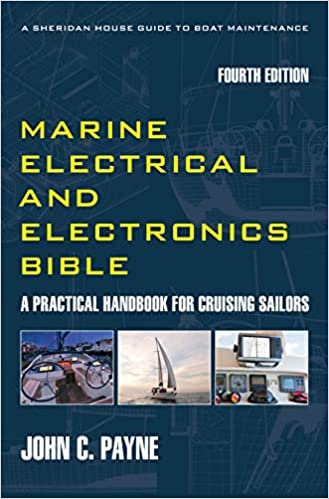Boat Interior Lighting
Boat interior lighting and all about defining the proposed purpose of boat lights fixtures is an important consideration and it is not an easy one. The lights may be required for general cabin and saloon illumination, or for bunks for that late night reading, or perhaps work surface illumination in the all important galley, or for illuminating the engine spaces when you perform service, maintenance and repair. Each boat location has entirely differing requirements as far as illumination goes. Lights are more than just the average boat part, they are essential safety equipment however not many people see them with that perspective. If you can’t see properly on that dark and stormy night when things go wrong then holding a flash light isn’t going to cut it. I also never buy those cheap Chinese lighting fittings, you always pay twice so best buy quality US and European fittings at the outset and save some pain later. The old adage that the poor man always pays twice is pretty much spot on when it comes to buying boat lights.
Boat Interior Lighting
Incandescent
Lights
The traditional incandescent fixture with its filament bulb has been around for a century and still going strong but its days are numbered. They are very electrical power hungry for the given light output and play a big part in your battery power capacity calculation. Another negative is they suffer from physical degradation due to vibration, and with the life of the filament being substantially shortened in over-voltage conditions when used with some fast charge devices. They are thankfully on the way out as technology advances and you will still see them on boat supply shops gathering dust, cheap they are but you pay a heavy price in terms of power consumption and overall reliability.
The 4th Edition of the Marine Electrical Electronics Bible Get your copy and start becoming self sufficient and save money on expensive technician callouts.Boat Interior Lighting
Fluorescent
Light
The 60 year or more old fluorescent boat light fixture has a much higher lumen output over the incandescent for significantly less power consumption. Like all fixtures they have negatives and drawbacks. The most notable is that most cheaper imported fittings are badly suppressed against RFI interference, with often serious consequences for radio communications such as noise. These cheap fittings have simple and low quality electronics and that creates issues. The cheaper boat light fittings seen on so many boat chandlers shelves also have similarly cheap inverter electronics, with a subsequently higher rate of failure, and a much higher tube failure rate as well. You get what you pay for. Another issue is they are not very tolerant of over voltage situations. The pins on the tubes also tend to vibrate and often arc and get damaged.
Boat Interior Lighting
Low Energy
The low energy fitting was relatively new about 40 years ago, however low energy fluorescent tube types are to be seen everywhere ashore and increasingly afloat these days although the emergence of LED lights is seeing them go the way of the famous Dodo bird or the more hapless dinosaur. These have a very high lumen output for the power consumption. Typically a 75 watt bulb output for around 1.2 amps on 12 volt DC fittings. Most of the DC boat light fixtures being made are tolerant to over voltage with quite high quality inverters, and like all European made equipment these days, they have suppression against RFI. The tubes are not cheap and are on a par with halogens.
Boat Interior Lighting
Halogen HQL
The halogen or HQL type is still common on boats and has advantages that they are simple, and have high light outputs for the power consumed, which works well in spot light applications, with the average light having a 10 watt bulb. There are a few disadvantages, the main ones being that if you inadvertently touch a bulb, the life of it will reduce considerably as the contaminants off a finger such as sweat etc degrade the high quality glass. The bulb itself is subject to very high temperatures. The cost of the halogen bulbs are rather expensive, typically around $8-$10. Additionally bulb life shortens considerably in over-voltage situations, typically this occurs when electrical system voltage rises to 14.6 – 15 volts under battery charging or engine run situations. They do have the advantage of being dimmable which significantly lengthens bulb life, and this is recommended, also unlike fluorescent lights, you do not have an inverter to fail.
Boat Interior Lighting
LED Light
The new generation LED boat lights are now almost the standard on most boats and have very good output levels. They do not generate heat and what is very important to many boaters is they do not use much electrical power so the boat load factor on a battery is improved so consider LED boat lighting as an alternative for all your boat lights. More at fishing and boats.
